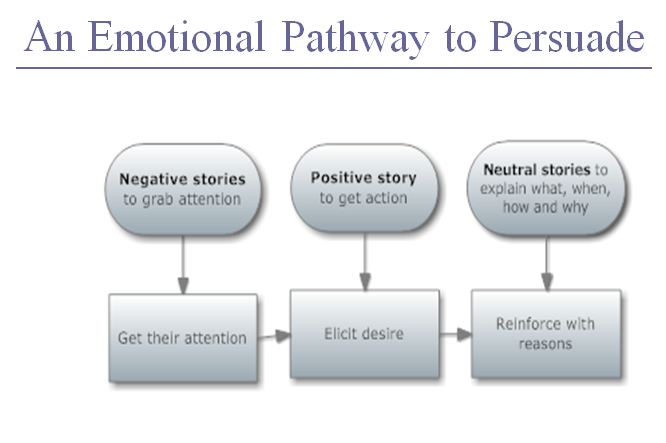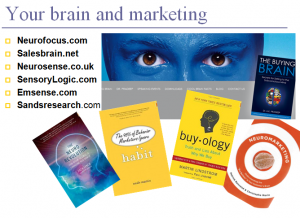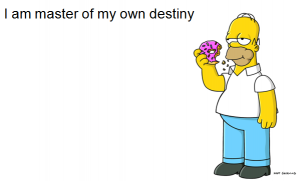![]() How do you write compelling content that attracts and engages readers? Ahhh, that question again…(followed usually by how do you turn readers into buyers?)
How do you write compelling content that attracts and engages readers? Ahhh, that question again…(followed usually by how do you turn readers into buyers?)
First, let’s deal with the compelling content thing. Your content isn’t going to market a thing if you don’t reach inside the heads and hearts of your readers.
Obviously it’s all about your readers. The better you know who they are and what they like, the easier it is to write content for them.
Use emotional words and phrases, and think about triggering their hot buttons. There are universal drives and human motivators. It doesn’t matter if your reader is a 20-year-old gamer or a 70-year-old retired professor. Human beings are all driven by hot button motivators. (See the excellent book by Barry Feig for more about this: Hot Button Marketing: Push the Emotional Buttons that Get People to Buy). Some of these are:
- The desire to be first
- The desire to know it all
- The desire for control
- The desire to love and be loved
- The desire to enjoy and have fun
- The desire for family values or feelings of moral righteousness
- The drive for prestige
- The drive for self-achievement
- The drive for power and influence
- The drive to help others
What drives your readers? How can you test your assumptions? Maybe you could push a few buttons to see what reaction you get? Read More→












